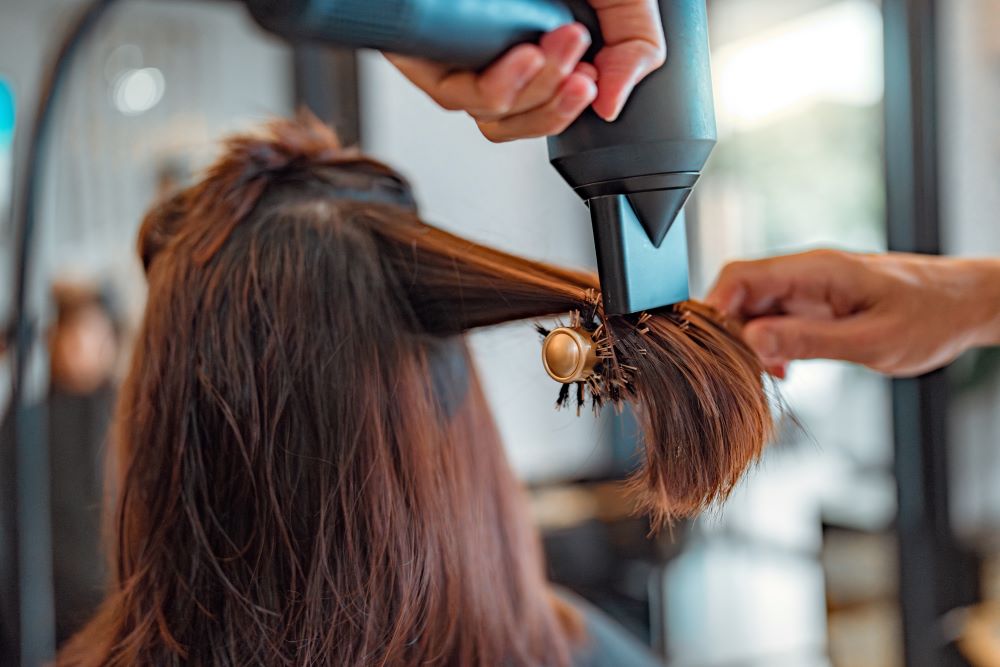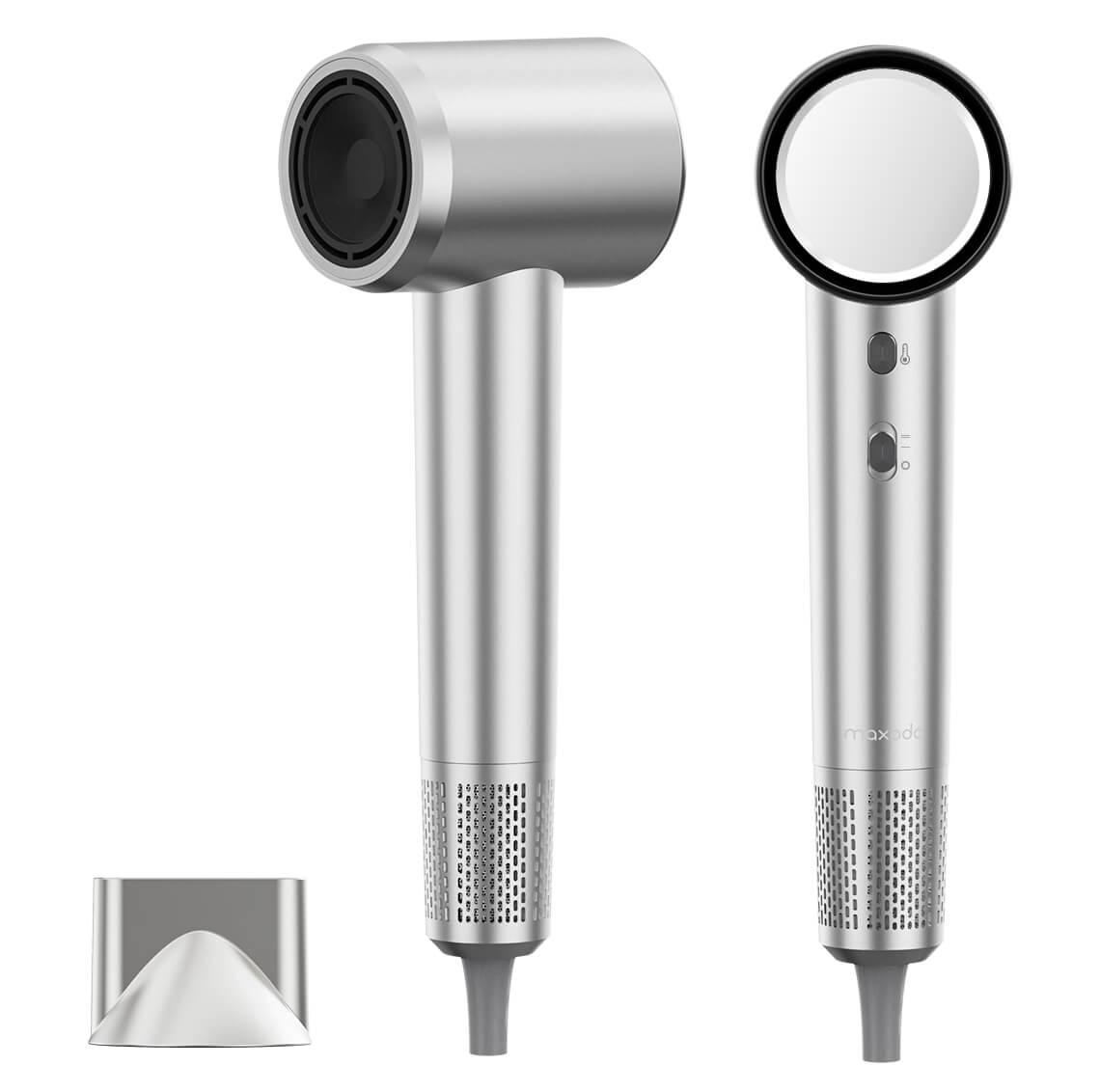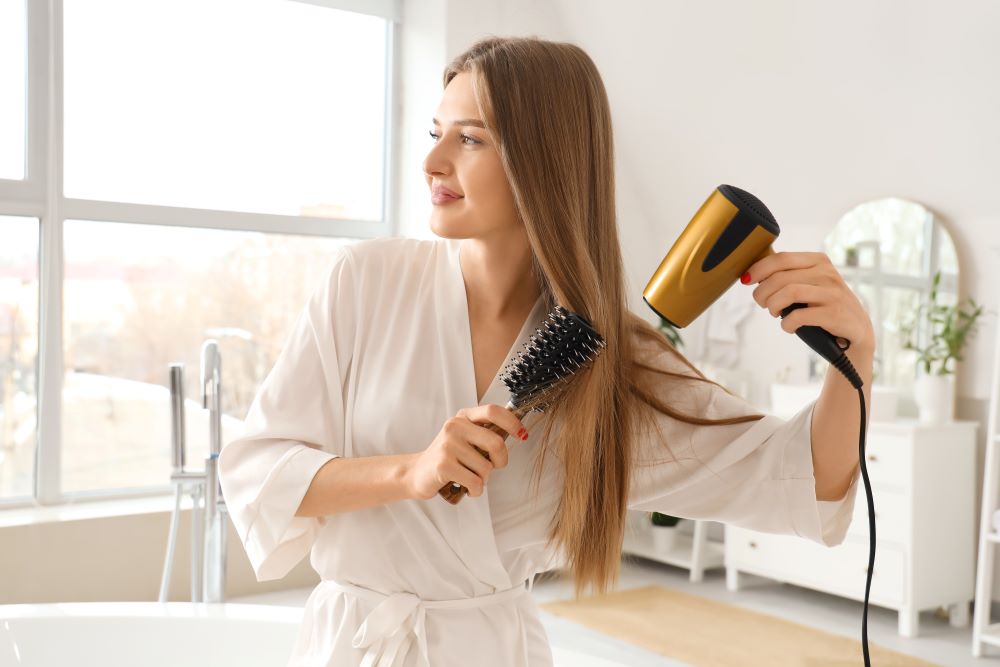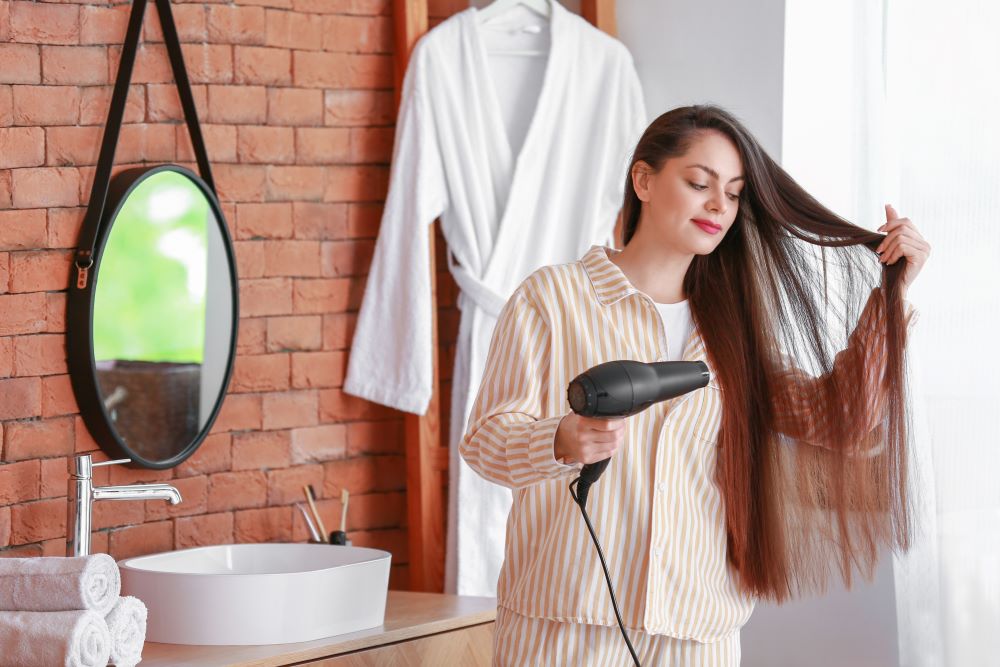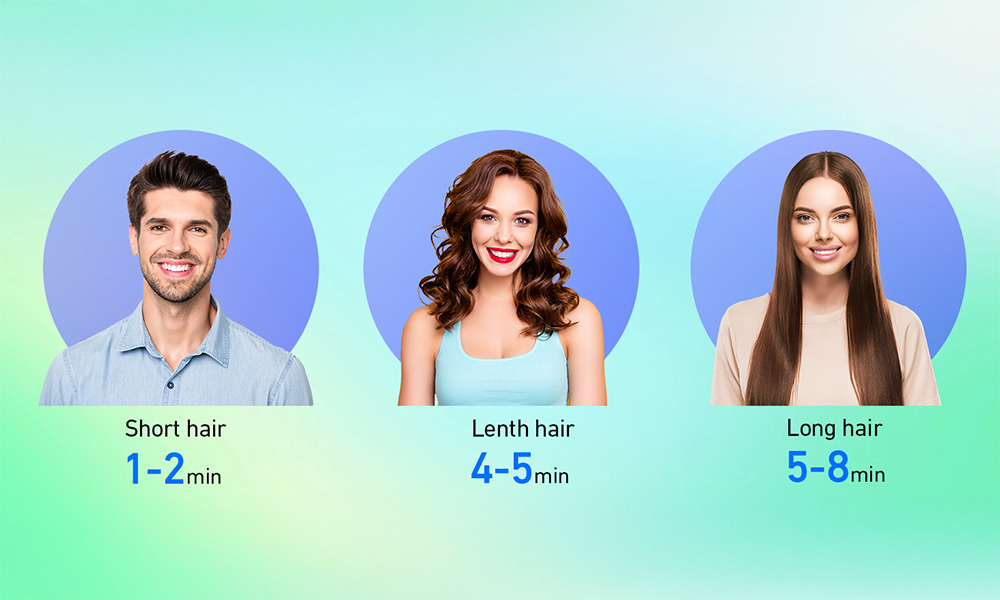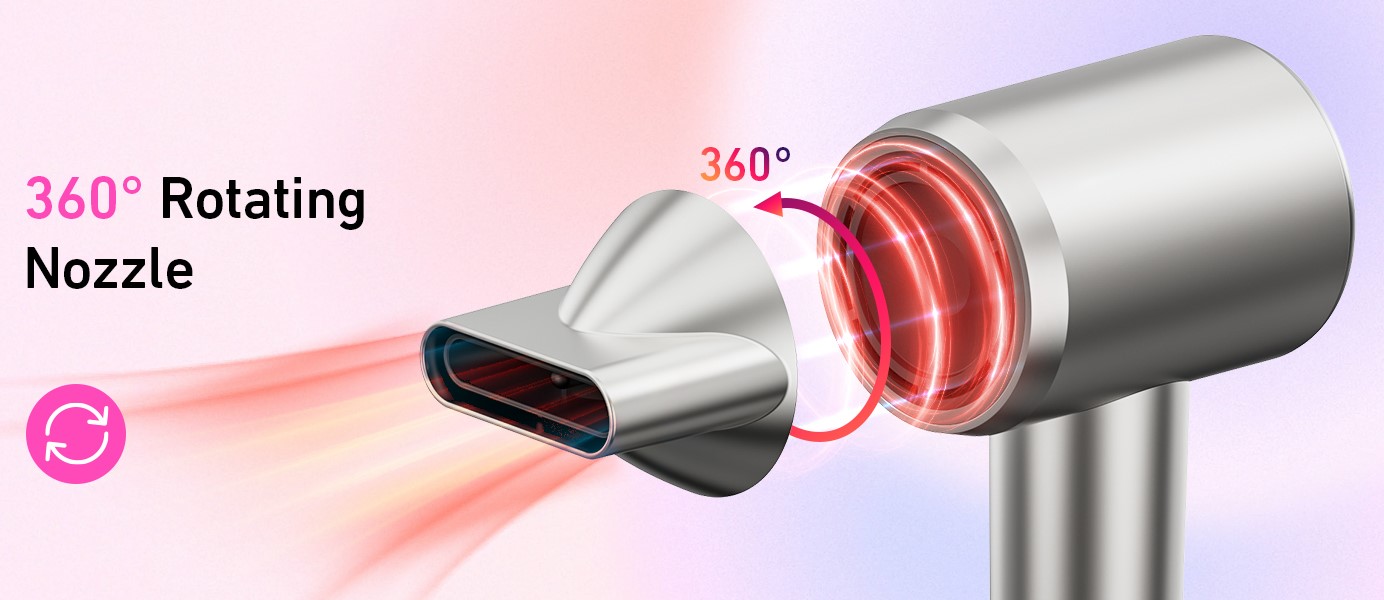
- Home
- Hair Dryer
- Best Picks
- Tailoring Hair Dryer Settings to Perfectly Suit Your Hair Type
Tailoring Hair Dryer Settings to Perfectly Suit Your Hair Type
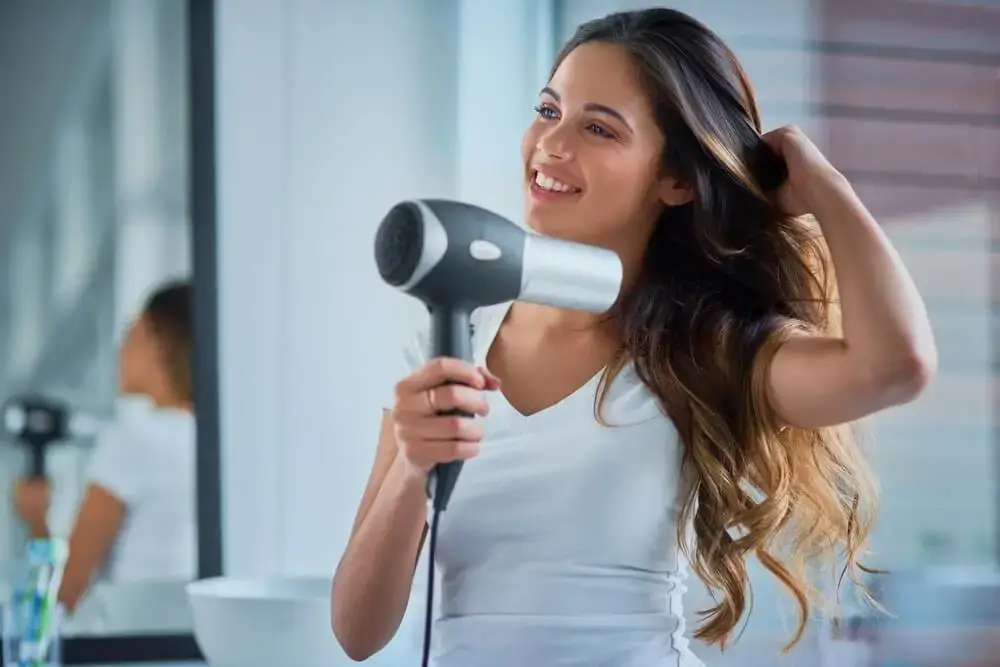
Have you ever wondered why your hair doesn’t look as smooth and shiny as you’d like, even after you’ve spent a good amount of time drying it? Or why it sometimes feels too dry or still frizzy? The secret might just lie in your hair dryer settings! Yes, that handy tool has more to it than just blowing hot air. In this guide, we’ll explore how to match your hair dryer settings to your hair type for the best results. Whether you have straight, wavy, curly, or coiled hair, we’ve got you covered!
Section 1: Understanding Your Hair Type
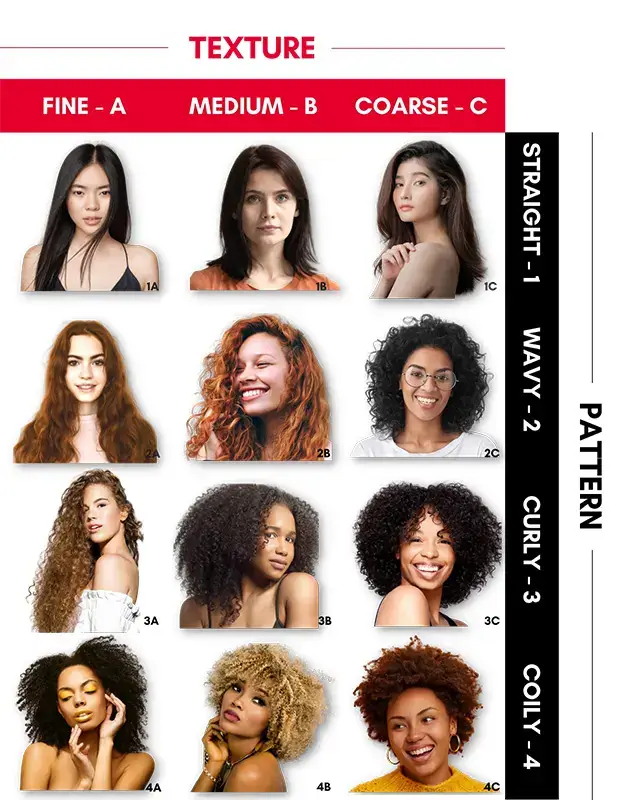
Straight Hair: This hair type is characterized by its sleek and smooth texture. It tends to get oily faster than other hair types because the oil from the scalp travels down the hair shaft more quickly. When drying straight hair, the focus is on maintaining its silky texture while avoiding excess oil and flatness.
Wavy Hair: Wavy hair offers the best of both worlds – it has the gentleness of straight hair and a hint of the curliness found in curly hair. It’s adaptable but can often struggle with frizz and uneven texture. The key to drying wavy hair is enhancing its natural waves without letting it get too frizzy.
Curly Hair: Curly hair is known for its volume and spirals. It can range from loose, bouncy curls to tight ringlets. Curly hair tends to be drier than straight or wavy hair, as the oils from the scalp don’t travel as easily down the curly hair shaft. Proper drying is essential to maintain the curl’s shape and prevent frizz.
Coiled Hair: This type of hair is often quite dense and has a very tight curl pattern. Coiled hair is the most fragile of the hair types and is prone to breakage if not handled gently. It requires a delicate balance of moisture and gentle drying to maintain its structure and health.
Each hair type has its own set of challenges and needs when it comes to drying. In the following sections, we’ll delve into how you can optimize your hair drying technique to suit your specific hair type, ensuring that you step out of your home every day with hair that looks and feels fantastic!
Section 2: Basics of Hair Dryer Settings
Welcome to the heart of hair drying – understanding your hair dryer’s settings. Let’s dive into the basics of heat and speed settings, and explore the cool shot button, a feature often overlooked but incredibly useful.
Heat and Speed Settings:
Every hair dryer comes with various heat and speed settings. These are not just fancy additions; they are crucial for achieving the perfect blowout without damaging your hair.

Heat Settings: Generally, hair dryers offer a range of temperatures. High heat is great for removing excess moisture quickly, but it’s not always the best choice for styling or for hair health. Medium heat works well for controlled drying and styling, while low heat is ideal for gentle drying, especially for sensitive or damaged hair.
Speed Settings: Speed affects how fast the air blows out of your dryer. High speed is excellent for rapid drying of wet hair, medium speed offers a balance for styling and drying, and low speed provides the most control for detailed styling, particularly near the roots and ends where hair can be more vulnerable.
The Cool Shot Button:
Now, let’s talk about the cool shot button. This nifty feature blasts cool air, which is essential for setting your hairstyle in place. After you’ve styled your hair with heat, a shot of cool air helps to close the hair cuticles, locking in the style and adding shine. It’s a fantastic way to finish off your drying process, giving your hair a smooth, sleek look.
Section 3: Tailoring Settings for Each Hair Type
Your hair type is unique, and understanding how to tailor your hair dryer’s settings to it can make all the difference.
Straight Hair: If you have straight hair, opt for lower heat and medium speed. This combination allows you to dry your hair efficiently without causing heat damage. It also helps in maintaining your hair’s natural smoothness.
Wavy Hair: For those with wavy hair, medium heat and speed are your go-to settings. A diffuser attachment is a fantastic tool to enhance your natural waves without causing frizz. The diffuser spreads out the airflow for a gentler drying process.
Curly Hair: Curly hair thrives under low heat and low speed. Curly strands are often prone to dryness and frizz, and gentle drying helps to preserve natural oils and hair pattern. Using a diffuser attachment will distribute the heat evenly, helping to maintain the integrity of your curls.
Coiled Hair: Coiled hair requires gentle care. Use a low or gentle heat setting and a low speed. Comb attachments can be beneficial for evenly distributing heat and detangling simultaneously. This method minimizes heat damage and helps maintain the natural beauty of your coils.
Section 4: Additional Hair Drying Tips
Sectioning Hair for Even Drying:
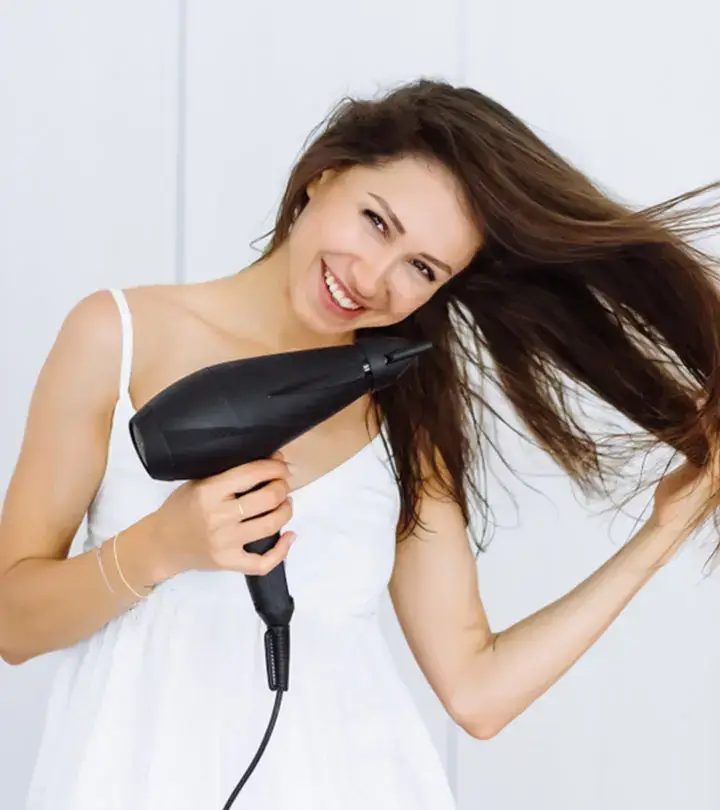
For an even and efficient drying experience, section your hair. Use clips to divide your hair into manageable sections. This technique not only speeds up the drying process but also ensures that each strand is given equal attention, reducing the chance of over-drying or under-drying certain areas.
Importance of Heat Protectant Products:
Never underestimate the power of a good heat protectant product. These products form a barrier between your hair and the heat, reducing potential damage from drying. Apply a heat protectant before you start drying to keep your hair healthy, shiny, and resilient.
Section 5: Common Mistakes to Avoid
Over-Drying Hair:

One of the most common mistakes while using a hair dryer is over-drying the hair. It’s tempting to keep going until every single strand feels bone dry. However, this can lead to several problems. Over-drying can strip your hair of its natural moisture, leading to dry, brittle strands that are prone to breakage. To avoid this, try to dry your hair until it’s just about dry but not completely devoid of moisture. This practice helps maintain your hair’s natural health and shine.
Using Too High Heat for Your Hair Type:
Different hair types react differently to heat. If you have fine or damaged hair, high heat can be especially harmful, causing weakening and further damage. On the other hand, thicker, coarser hair might need a bit more heat to dry effectively. The key is finding a balance. Start with a lower heat setting and gradually increase if necessary, but never use more heat than your hair can handle comfortably. Remember, if it feels too hot on your scalp, it’s probably too hot for your hair.
maxodo Ultra-Fast Hair Dryer
The maxodo Hair Dryer is more than just a hair dryer; it’s a revolution in hair care technology.
Equipped with 3 speed settings and 4 temperature options, this hair dryer caters to a wide range of hair types and styling needs. Whether you’re looking for a quick blast to dry your hair or a carefully controlled heat for styling, the maxodo hair dryer has got you covered. The different speed and temperature combinations make it perfect for everyone, from those with delicate, fine hair to those with thick, coarse locks.
What sets the maxodo Hair Dryer apart is its remarkable drying times. If you have short hair, you can expect it to dry in a mere 1-3 minutes. Those with shoulder-length hair can enjoy a swift drying time of 3-5 minutes, while individuals with long hair can have their tresses dry in just 5-8 minutes. This efficiency is a game-changer for busy mornings and quick touch-ups.
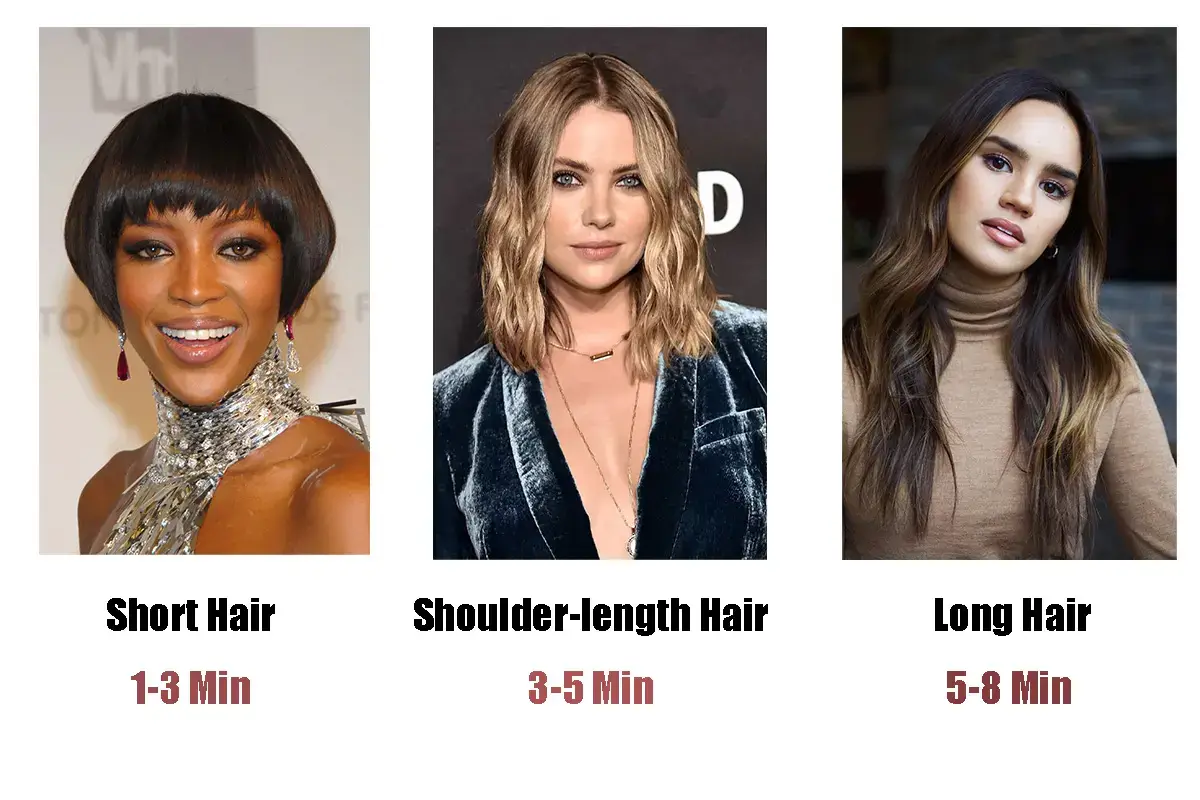
Moreover, the inclusion of concentrators enhances the drying experience, allowing for focused airflow that can help in precise styling and faster drying. The maxodo Ultra Hair Dryer is not just a tool; it’s your daily companion for achieving flawless hair quickly and effortlessly. Say goodbye to long drying times and hello to more time enjoying your perfect hair style!
Conclusion
In this guide, we’ve explored how various hair types can benefit from different hair dryer settings. We started by understanding the unique needs of straight, wavy, curly, and coiled hair types. Then, we delved into the basics of hair dryer settings, discussing the importance of adjusting heat and speed according to your hair’s characteristics. By tailoring these settings, you can achieve not just effective drying but also enhance the natural beauty of your hair.
We also discussed additional tips like sectioning your hair for more even drying and the importance of using heat protectant products to shield your hair from potential heat damage. And, of course, we covered some common mistakes to avoid, such as over-drying and using too high heat for your hair type.
Every individual’s hair is unique, and what works best for one might not be ideal for another. Therefore, I encourage you to experiment within the guidelines we’ve discussed. Find the perfect balance that keeps your hair healthy, shiny, and beautiful. Remember, your hair dryer is a tool, and like any tool, its effectiveness depends on how well you use it. So, go ahead, try out these tips, and discover the best settings that suit your hair type. Happy styling!
Popular Post

Ultimate Guide to Using a Hair Dryer with Nozzle for Styling
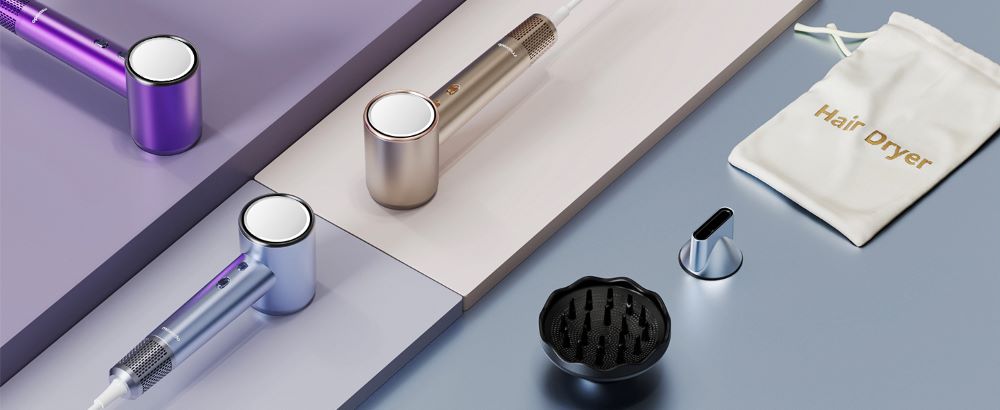
The Benefits of Using a Hair Dryer with a Diffuser
